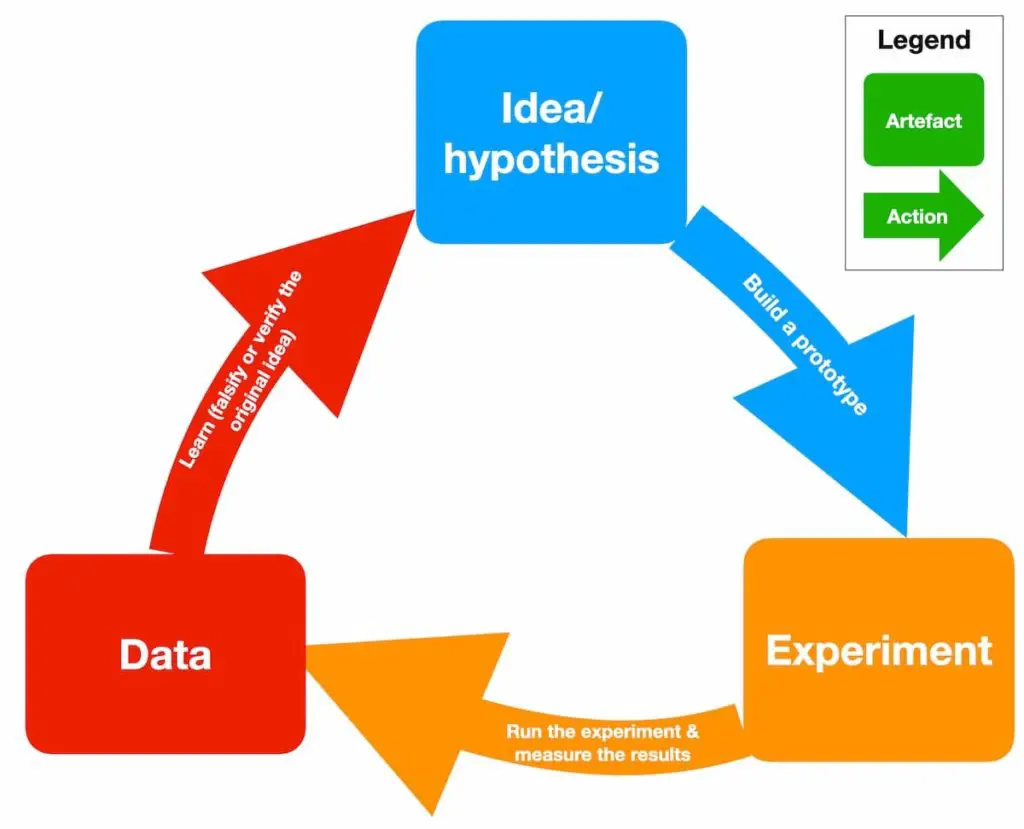Launching a new product in the market is always surrounded by risk. This is because everything is uncertain. You don’t know how the new product will do or whether customers will like it.
Most products start as great ideas, but not all of them become successful. People only buy or pay for products and services that solve their problems. So if your new product idea doesn’t solve any problems, it may not be successful in the market.
To curb the risk factor, businesses make minimum viable products or MVP. MVP development is quite common as it helps them to analyze the performance of the product.
Both big and small companies implement the concept of MVP. But it is highly beneficial for start-ups as it helps them to reduce the risk factor. To give you a fair idea, we have laid down a step-by-step guide to building a minimum viable product.
Also read: How to Use Fiverr to Reduce Business Workload?
What is a Minimum Viable Product?
Before moving on to any further details, let us learn the exact definition of an MVP.
To define it in simple words, an MVP is a basic version of the product that supports the must-have features. It helps you to demonstrate the functionalities of the product before you launch the final version.
An MVP is created to attract early customers and check whether the product is fit for the market or not. With the help of an MVP, you can enable fast marketing.
Once you launch the MVP, you must wait for the initial feedback from the users. Based on the feedback received, you can make changes or modify the product if needed. You can also introduce new features and fix the bugs as suggested by early adopters.
Step-By-Step Guide to Build an MVP
In this section, we will highlight the steps involved in building an MVP. This guide will be helpful for those who have plans to launch a new product. With Startup MVP development, you can check the product’s performance and how well it is received by the early adopters.
1. Do Market Research

When it comes to launching a new product, market research is a must. You must have an idea about other similar products on the market, how they are performing, how they are used, and what other features you can include to improve them. You can obtain all this information only through market research. Learn about the existing products on the market to get an idea of what you need to do.
According to a study, many product ideas fail because of a lack of market research. This is because it gives you a good idea of what is already going on in the market. With proper market research, you can build a better product than other similar products that already exist out there.
2. Determine How Your Product is Going to Add Value to The Market
Once you are done with your research, the next logical thing to do is determine how your product idea will add value to the market. Let’s say you are building an eCommerce website. To make it better than others, you need to include a couple of new features that are not present in the other eCommerce platforms.
In most cases, when you are building a start-up, there are always already existing competitors on the market. This is why you need to offer something extra. This will help you to stand out and also gain the attention of the target audience.
3. Determine How Users Will Use The Product
Before you start building a new product, you need to know how users will use your product. By doing so, you can decide on the key features of the product. You can introduce more new features after receiving the initial feedback from your users. Let’s say you want to create a new voice assistant app. In this case, you need to first determine how users will use your voice assistant app. This will give you an idea of the features you want to include in your voice assistant application.
When building a completely new product, your imagination is your primary weapon. But in most cases, you will find at least one product that is a bit similar to the one you are trying to build.
4. Start Prototyping
Now that you have decided on the features, you can start prototyping. You can make use of online designing tools to create a schematic diagram of your product. These schematics can be used as a reference by your team to determine the features and operation of your product, and thus, they will be able to build an MVP.
In some cases, you may have to create multiple prototypes before building the final product.
5. Build the MVP
Now comes the stage where you will finally build the MVP. After deciding on the general design and basic features of your product, you can get started to build the real product to present it to your potential customers. The main point here is to create a usable product with minimum resources and in the shortest time possible.
Since this is just the basic version of your final product, you don’t have to do much. However, you will have to include all the features in your MVP so that buyers are impressed by it. Before launching your MVP, internal testing is a must.
6. Prioritize the Features
Whenever building an MVP, you must test the feasibility of the product. This is why it is crucial to add only the important features.
Adding just the important features is enough to make the product usable. Make sure that your MVP is working properly. After receiving the feedback, you can add more features or remove some to adjust the product according to the early adopters.
7. Launch your MVP
Once you are done with building and testing your product, you are ready to launch it in the market. Before launching your MVP, you should determine who your early adopters are. That’s because these are the people who will give you feedback about your product. Let’s say you have built a new gadget. In that case, your target audience is tech-savvy people.
After you launch the MVP, you should be open to all kinds of feedback. Let’s be frank; you cannot impress everyone with your product. No matter how good your product is, there will always be people to criticize it. The most important thing is to take the criticism and make your product better.
8. Apply the BML Principle

At first, you need to define the scope of work followed by moving the product to the development stage. Once that is done, you must test your product for quality and performance.
Quality Assurance engineers can help you improve the quality of your product and conduct the first testing stage. After launching your MVP, you need to collect the reaction of the early adopters. Based on their feedback, you can determine the acceptability of the product in the market. Find more about BML here.
Also read: How to Keep Accounting Records for Small Business
Building an MVP is a good way of knowing how your final product will do in the market. It helps you to come with a better product than your competitors. By following these steps, you can easily build an MVP of any product idea that you have on your mind.
